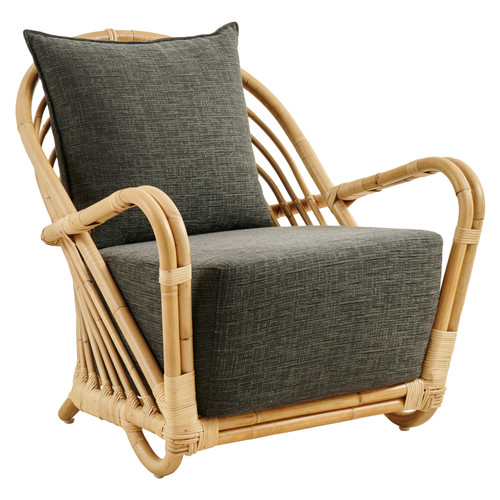Arne Jacobsen Charlottenborg Chair














The Charlottenborg lounge chair was designed by Arne Jacobsen in 1936. The lounge chair was showcased for the first time at the Charlottenborg spring exhibition in 1937, and since then named after the castle. The chair was originally named A.J 237 and was part of a series of original rattan chairs. The Charlottenborg chair was one of Arne Jacobsen’s own favorite lounge chairs and part of the interior design in his famous vacation home ‘Knarken’ built in 1938. In the iconic Charlottenborg series you can also find a 2-seater sofa and a coffee table. The distinctive parallel curves in this piece are a signature element of Jacobsen's designs. The Charlottenborg Chair blends strength and fluidity for a noteworthy addition to any room. Our Icons collection revitalizes iconic pieces of furniture from some of Europe's most important architects and designers.
Product Features
-
Handmade
Crafted by skilled artisans using time-honored, heritage techniques, each piece reflects generations of craftsmanship — no shortcuts, just lasting quality and care.
-
Iconic Design
Defined by clean lines, considered details, and enduring silhouettes, each piece captures a timeless spirit — built to inspire, adapt, and stand the test of time.
-
Responsibly Made
Crafted with eco-conscious materials and responsible practices, each piece is designed to endure, reduce waste, and reflect a lasting commitment to purposeful intention.



